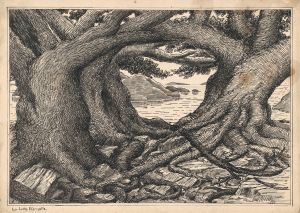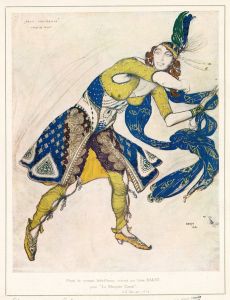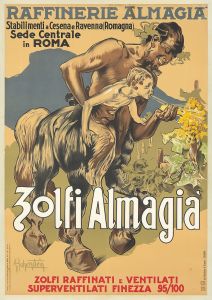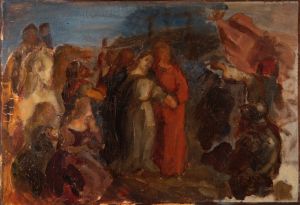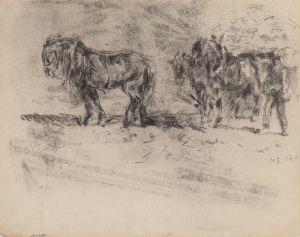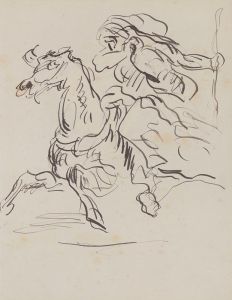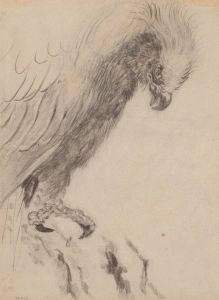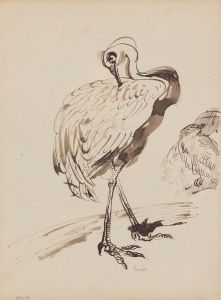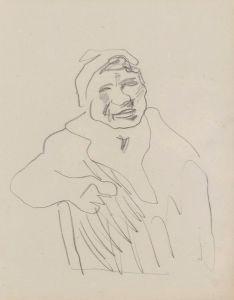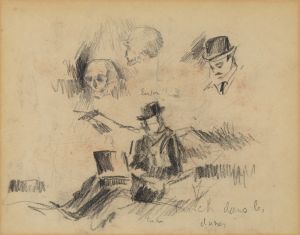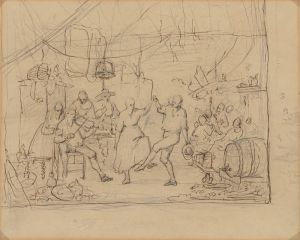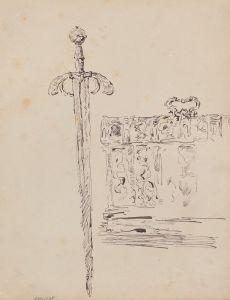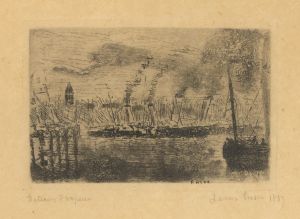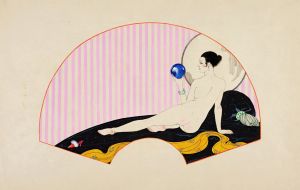
Skeleton Looking at Chinoiseries
A hand-painted replica of James Ensor’s masterpiece Skeleton Looking at Chinoiseries, meticulously crafted by professional artists to capture the true essence of the original. Each piece is created with museum-quality canvas and rare mineral pigments, carefully painted by experienced artists with delicate brushstrokes and rich, layered colors to perfectly recreate the texture of the original artwork. Unlike machine-printed reproductions, this hand-painted version brings the painting to life, infused with the artist’s emotions and skill in every stroke. Whether for personal collection or home decoration, it instantly elevates the artistic atmosphere of any space.
James Ensor's painting Skeleton Looking at Chinoiseries is a notable work by the Belgian artist, who is widely recognized for his unique and often macabre style. Ensor (1860–1949) was a key figure in the Symbolist movement and a precursor to Expressionism. His works frequently explored themes of mortality, the grotesque, and the absurd, often incorporating skeletons, masks, and other unsettling imagery.
Skeleton Looking at Chinoiseries is an oil painting created in 1885. The artwork depicts a skeleton, a recurring motif in Ensor's oeuvre, examining a collection of chinoiserie objects. Chinoiserie refers to a European artistic style that draws inspiration from Chinese and East Asian decorative arts, often characterized by intricate patterns, exotic motifs, and a fascination with the "Orient." In this painting, Ensor juxtaposes the lifeless, skeletal figure with the ornate and vibrant chinoiserie items, creating a striking contrast that invites reflection on themes such as materialism, cultural exchange, and the transience of life.
The painting is emblematic of Ensor's interest in combining the macabre with the mundane. The skeleton, a symbol of death, is portrayed in a seemingly mundane activity—examining decorative objects. This juxtaposition underscores the tension between life and death, as well as the fleeting nature of human pursuits and possessions. Ensor's use of bold colors and intricate details in the chinoiserie elements further enhances the visual and thematic impact of the work.
Ensor's fascination with skeletons and death was influenced by his upbringing in Ostend, Belgium, where he lived above his family's curio shop. The shop sold a variety of objects, including masks, costumes, and other curiosities, which later became recurring elements in his art. The setting of Skeleton Looking at Chinoiseries may reflect Ensor's familiarity with such objects and his interest in their cultural and symbolic significance.
The painting is part of Ensor's broader exploration of the human condition, often conveyed through dark humor and a sense of the absurd. While the exact interpretation of the work remains open to viewers, it is consistent with Ensor's broader artistic themes and his ability to blend the grotesque with the beautiful.
Today, Skeleton Looking at Chinoiseries is recognized as an important example of Ensor's early work, showcasing his distinctive style and thematic preoccupations. The painting is housed in the Royal Museum of Fine Arts in Antwerp, Belgium, where it continues to be appreciated for its originality and thought-provoking imagery.





